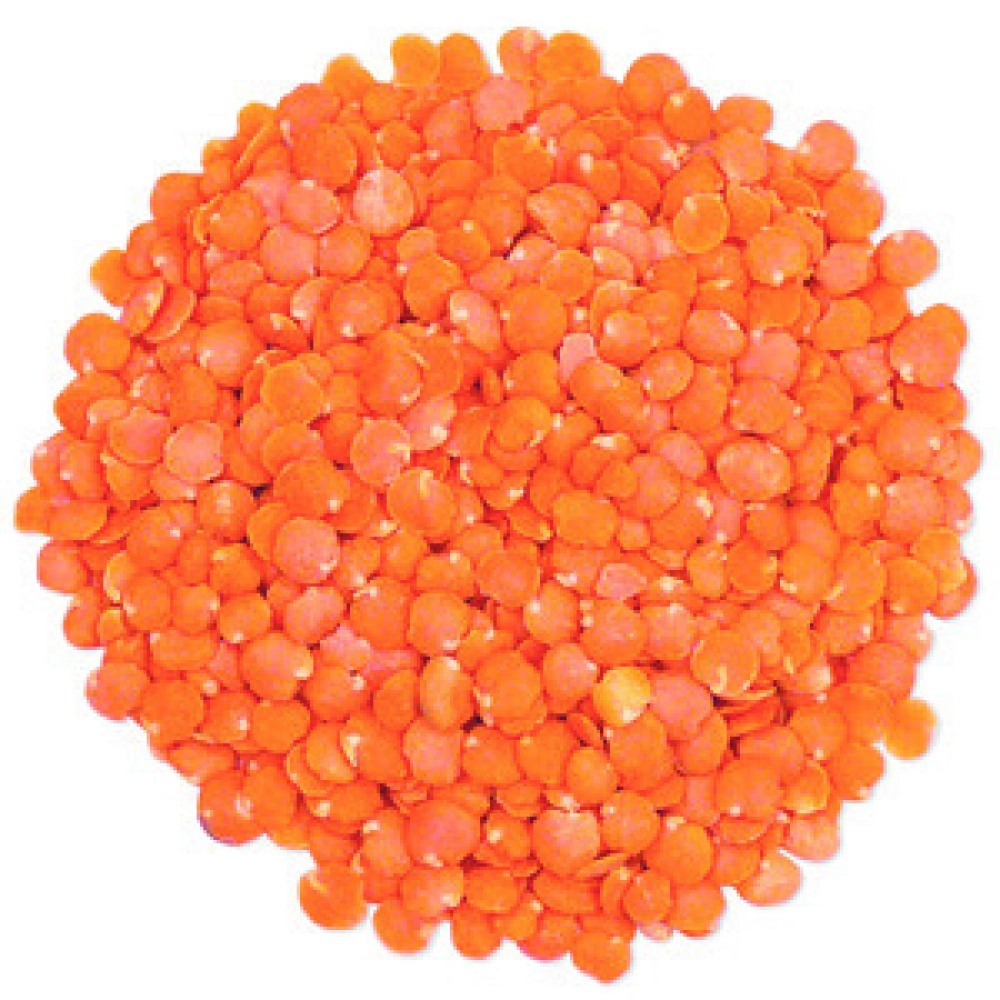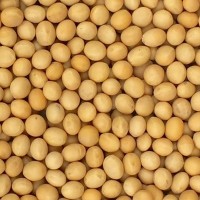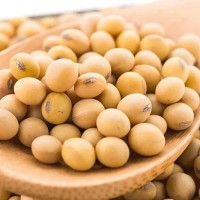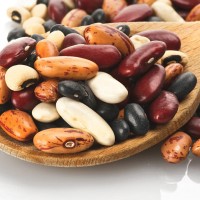NON-GMO LENTILS
Description
Lentils contain dietary fiber, folate, vitamin B1 and minerals. Red (or pink) lentils contain less fiber than green lentils (11% instead of 31%). Health magazine selected lentils as one of the five healthiest foods. 5% easily digestible starch and 30% slowly digestible starch make lentils a very interesting food for people with diabetes. The remaining 65% of the starch is a resistant starch classified as RS1, i.e. a high-quality resistant starch composed of 32% amylose. Lentils also contain certain anti-nutritional factors, such as trypsin inhibitors and a relatively high phytate content. Trypsin is an enzyme involved in digestion, and phytates reduce the bioavailability of dietary minerals. Phytates can be reduced by soaking lentils in hot water overnight. Lentils are a good source of iron, with more than half a person's daily iron intake in a one-cup serving. The lentil is a bushy annual shrub, prized for its lentil-shaped seeds, which are eaten worldwide as a stew or in other forms. These seeds come in a wide range of colors, from yellow to red, orange, green, brown and black. With around 30% of their calories coming from protein, lentils have the third-highest protein content, by weight, of any legume or nut, after soy and hemp[4]. Protein includes the essential amino acids isoleucine and lysine, and lentils are an inexpensive source of essential protein in many parts of the world, particularly in Western Asia and the Indian subcontinent. Lentils are deficient in two essential amino acids, methionine and cysteine.


 English
English
 Portugues
Portugues
 Arabic
Arabic







